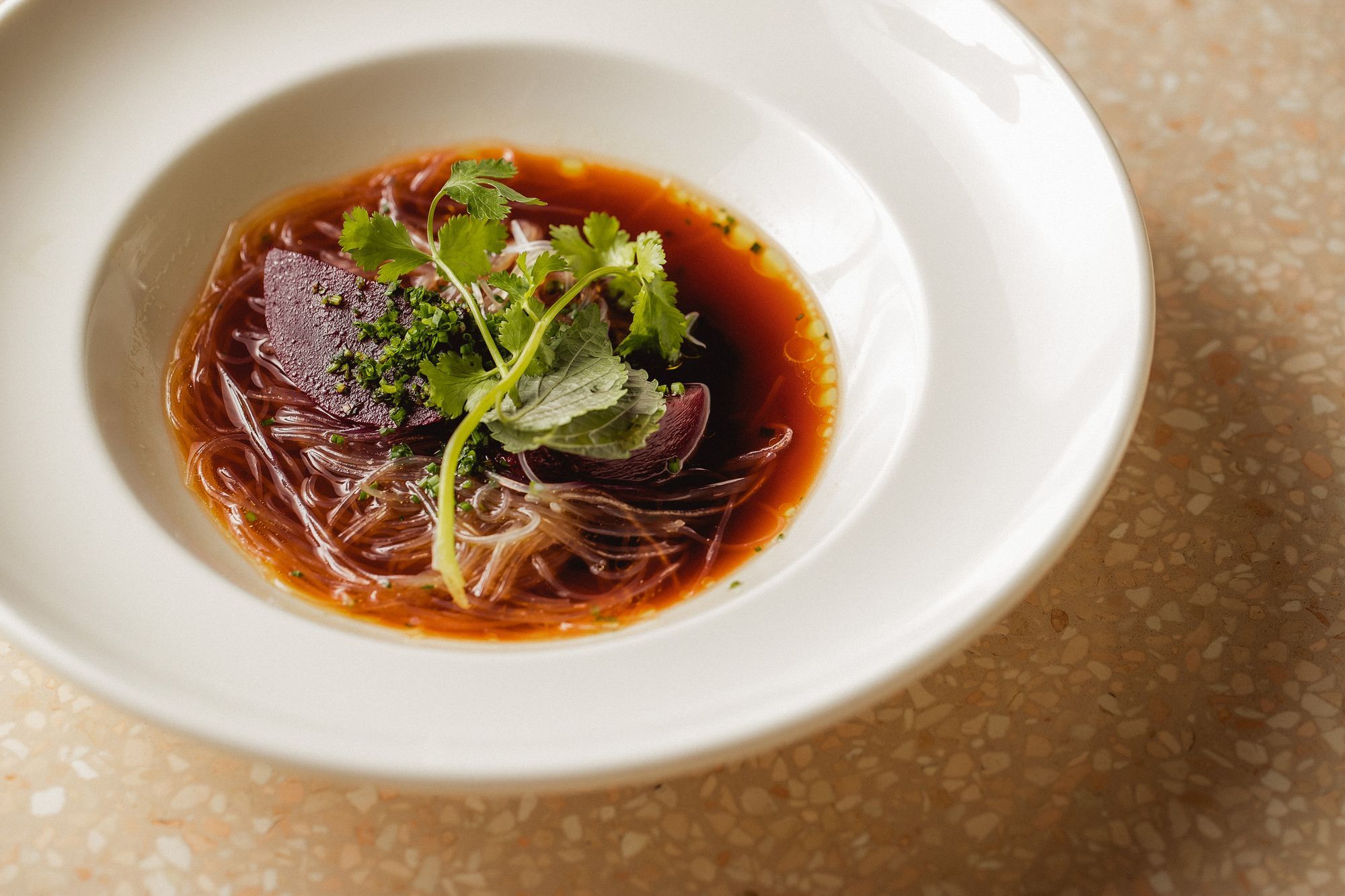Have you ever been to a restaurant that when you left, you felt that you wouldn’t be bored, even if you stepped back in just a few hours later? These days, it’s an act of bravery to open a place that combines several styles and characters and aims to be everything at once. However, the newly debuted SHO restaurant, bar & café took the risk, and rightly so, as chefs Krisztián Huszár and Gábor Soóky have clearly risen to the challenge.
Walking around the Kopaszi Dam, it is difficult to determine exactly the area’s character. However, the BudaPart project has made the neighborhood increasingly popular, with more and more people choosing the previously deserted quarter as their home or office. Although restaurants and bars have long existed along the coast, there are still many vacant stores on the other side of the bay, in the shadow of the highrises, which are now being filled slowly but all the more interestingly. On the one hand, there is the larger shop of the Cioccolatte Gelateria (which also houses their kitchen), or the exciting specialty coffee shop the DAM n Good Place. Last July, SHO BEACH emerged as Budapest’s first natural beach, where, besides lounging in deckchairs, guests could sample chef János Mizsei’s iconic dishes such as MÁKlángos (consisting of poppy seed dough, poppy seed sour cream, cashew nuts, cheeses from Vászoly, and wild garlic blossom) at the MÁK terrace. However, in the cold weather, the terrace has lost its function, thus there was a need for something that would offer at least the same quality, comfort, and coziness to the residents/workers of the area and tourists hungry for outstanding gastronomy.
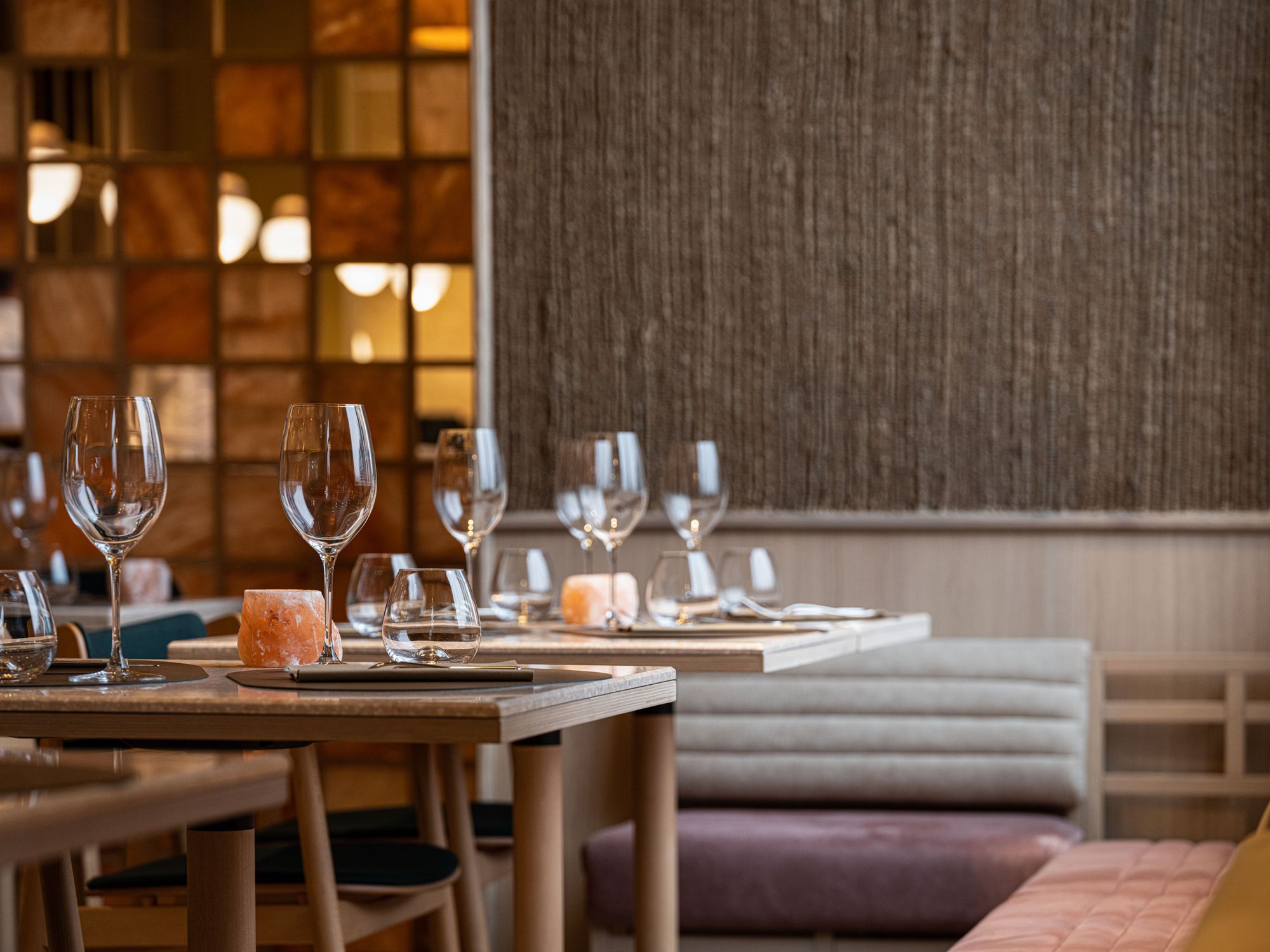
It’s an important detail, that the idea of a restaurant was born before that of the terrace. The concept of SHO was conceived 4 years ago, but during the purchase and renovation of the venue, the owners encountered many obstacles (pandemic, war, etc.) and had to keep postponing the opening. In the meantime, BudaPart invited them to open the terrace providing them with an alternative option. Nevertheless, they kept their focus, and this December, they were finally able to start a new chapter, while also keeping in mind to match the local atmosphere—not only in style but also in spirit (e.g. working with the Ornithological Society to adopt environmentally friendly outdoor solutions).

The SHO restaurant, bar & café offers an impressive sight from the very first glance, with an indoor seating capacity of more than 100 and a terrace seating almost 150. Designed by 81font Architecture & Design, the restaurant is clearly divided into three sections, which is no coincidence. Entering the restaurant, you arrive in the café, where specialty coffees provided by Bagira, juices created in collaboration with the restaurant Hiša Franko, and freshly made sandwiches, bagels, salads, pastries, and poké bowls await early birds from 8:30 am. The larger kitchen starts working at 11 am when the lunch menu becomes available—but instead of checkered tablecloths and Wiener Schnitzel, you can expect exciting fine-bistro-style dishes, using mainly local and seasonal ingredients. What’s nice is that the whole atmosphere and the menu itself are inclusive and understandable, you won’t get the feeling that they are expecting “fancy Buda-side” guests, but that they have a little surprise for everyone.
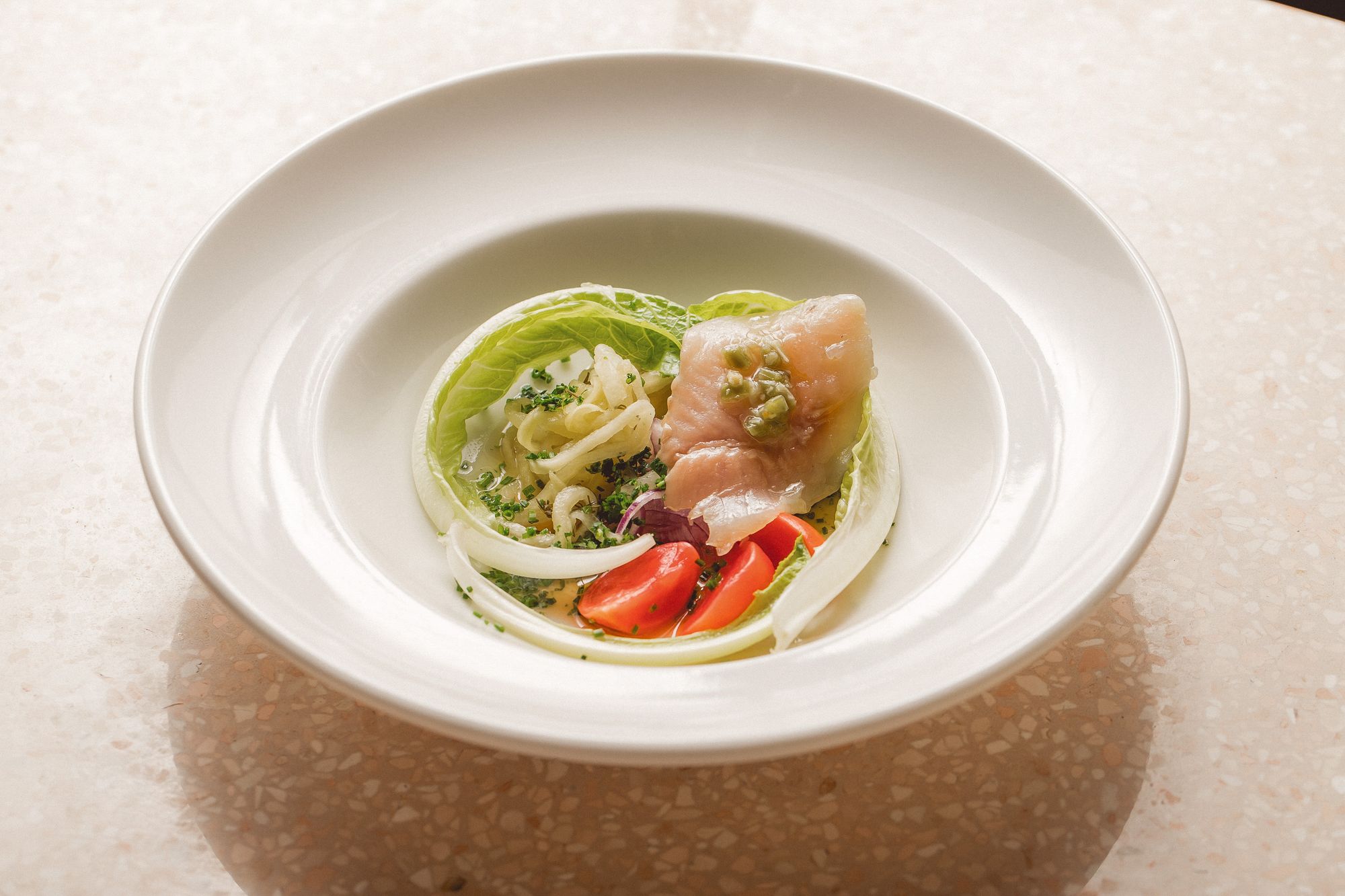
The design of the menu radiates professionalism. The head chef is Gábor Soóky, who grew up in Slovakia and fell in love with the combination of gastronomy and natural traditions, and having gained a lot of experience, he worked in the recent Michelin-star-winner 42 restaurant, alongside chef Ádám Barna. Then in the summer, János Mizsei approached him with an offer he couldn’t refuse: to join the SHO concept. He is backed up as an executive by Krisztián Huszár, known as the daredevil of Hungarian gastronomy. He has worked in San Sebastian in a 3-star restaurant but has also managed the kitchens of MÁK, Zóna, Beszálló, and Fáma for a while. After that, he set out on his own to impress guests with his Asian-inspired, fusion, truly crafty dishes at the Szirom and then the Vietnámigulyás.hu HK bistros. The two collaborated to create exciting compositions that we also sampled at the opening event.
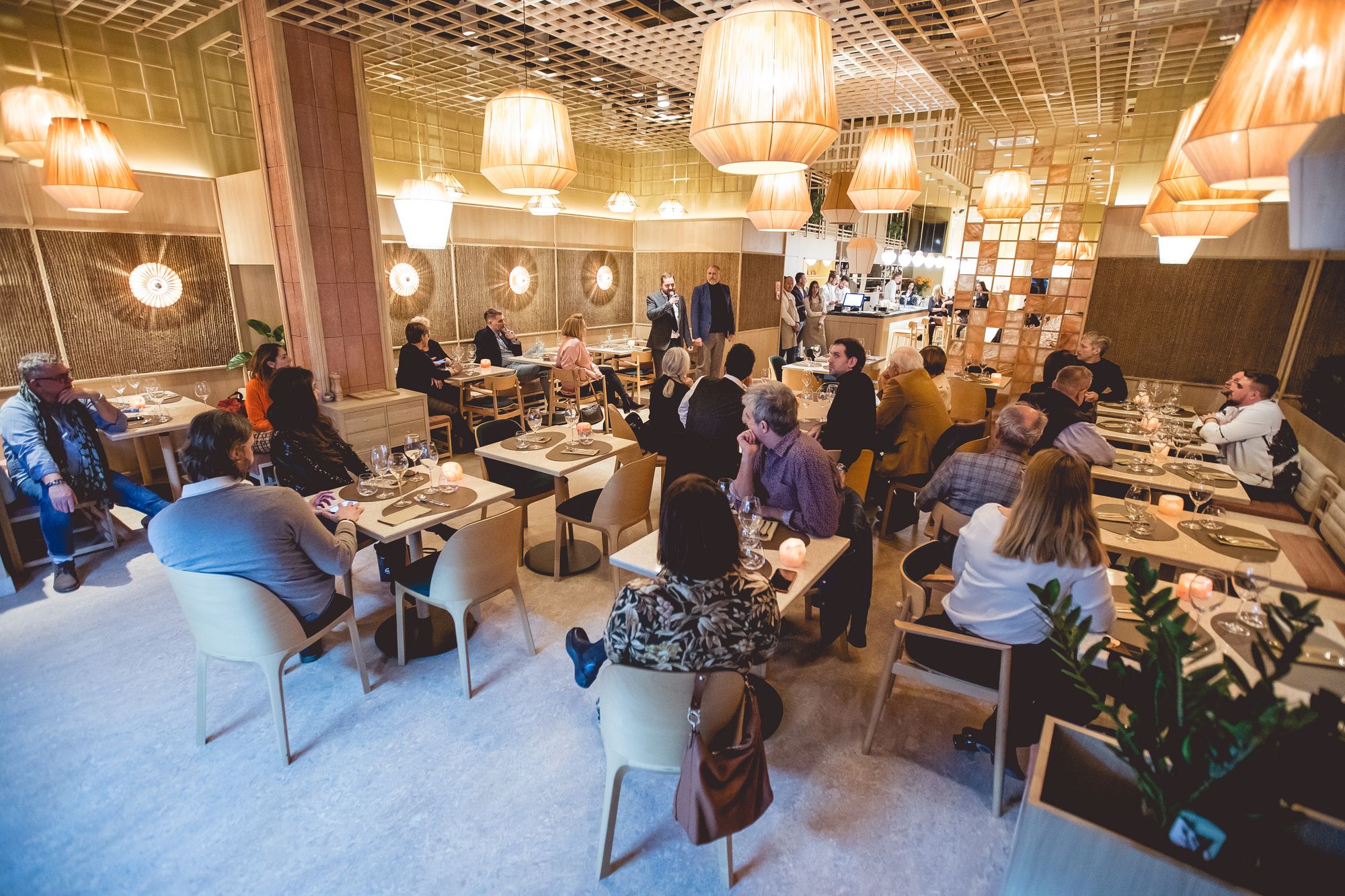
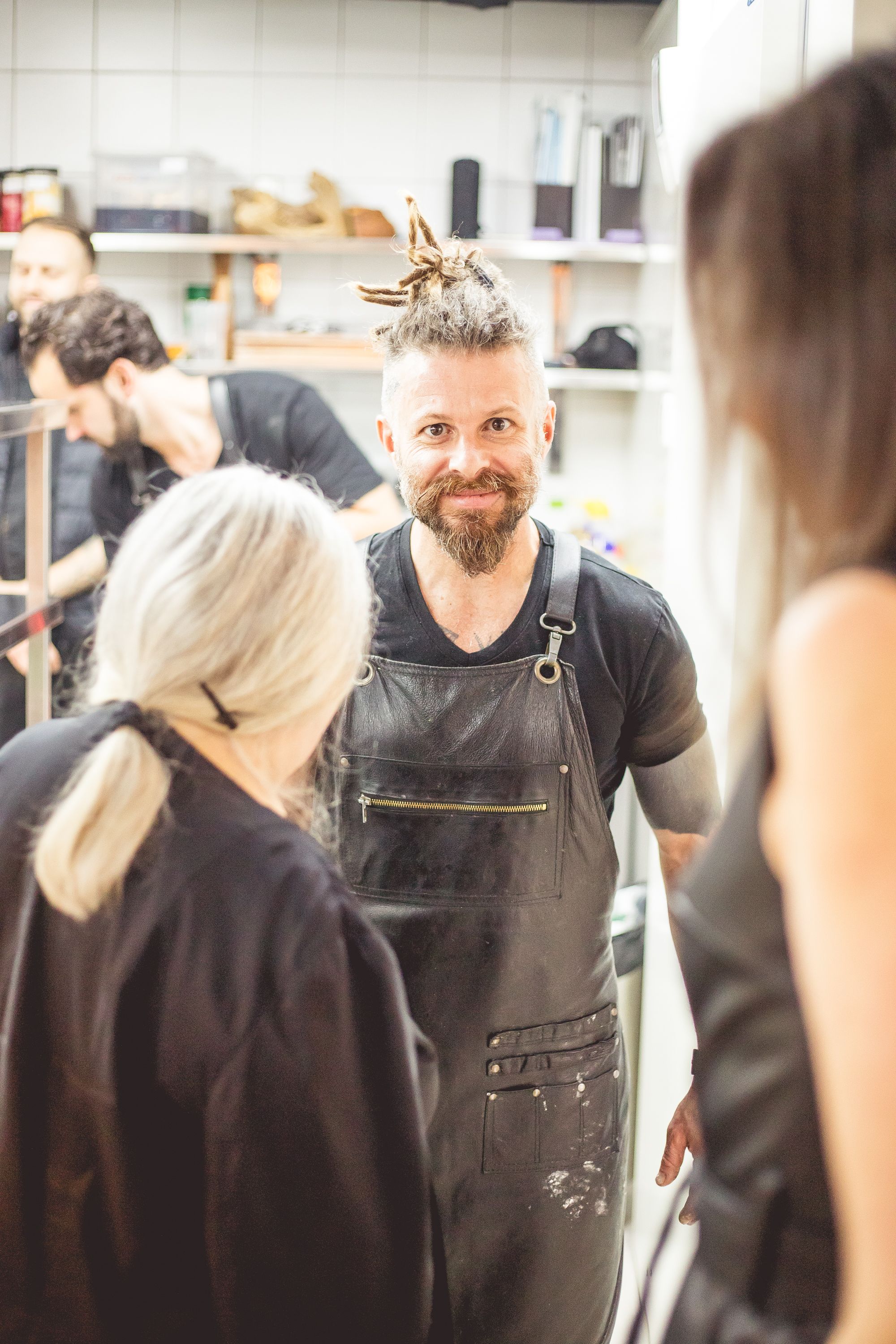


What I particularly liked in each dish was the abundance of vegetables, the generous use of fresh herbs (e.g. Thai basil), and the confident presentation of fermented flavors/ingredients. Here, beetroot or romaine lettuce is not just a promise, but a valuable actor in its own right. The golden-ribbon marinated trout from Tahitótfalu is truly amazing: buttery soft and almost not fishy at all, and the pomegranate duck broth is full-bodied without being heavy. On the vegetarian side, light polenta puree with cheese and roasted cauliflower complemented each other in a real comfort dish, but perhaps the pumpkin puree with Jerusalem artichoke jus, shiitake mushrooms, and mint was even more delicious.
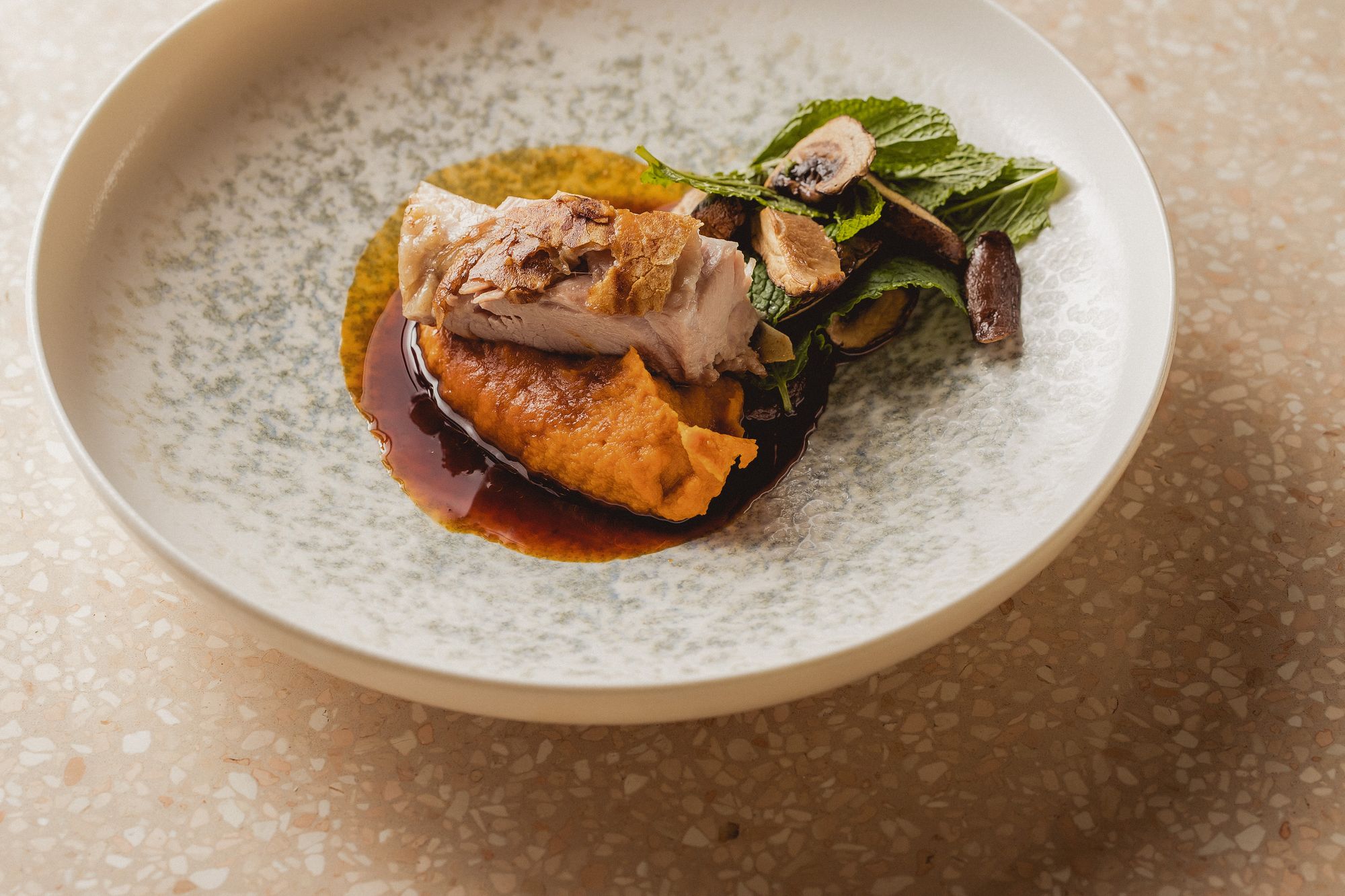
There were so many textures and shapes that we felt a little funny at times what to scoop with a spoon or slice with a knife (apparently, this also got the staff slightly confused from time to time), but it was this nonchalance that made the evening so loveable. We didn’t have to spend the night squirming in a tuxedo, but we could indulge in the flavors. Although some things didn’t add up (e.g. the dessert was cacophonous for me, the flavors and textures didn’t match), the team was genuinely interested and grateful for the feedback, which I hereby thank them for. Meanwhile, it was hard not to watch the show of the open kitchen—I’ve always loved the almost dance-like movements of a team of hard-working chefs.
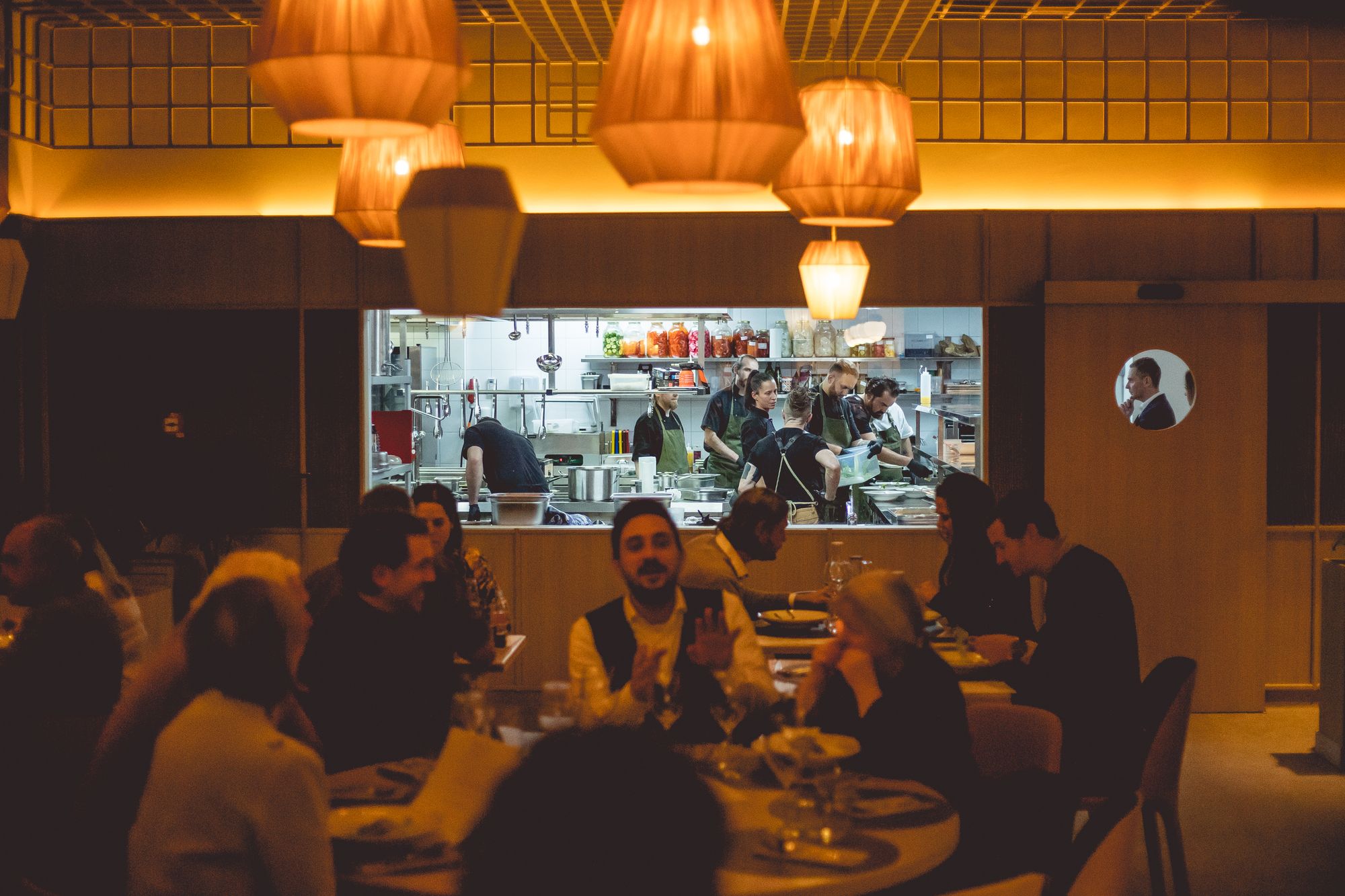
In the afternoon, the kitchen closes for a few hours before the evening rush, but they won’t let you go hungry—small plates and bagels will be back on the menu. And in the evening, the bar opens, where snacks will be available alongside a selection of quality drinks, wine, beer, and cocktails. It’s true that SHO is aiming high, and it’s far from perfect, but the good intentions, efforts, and enthusiasm are there, and I believe that this could be enough to give it the momentum to become something really valuable in the end. It just needs a little more time and some ripening—just like fermented vegetables.
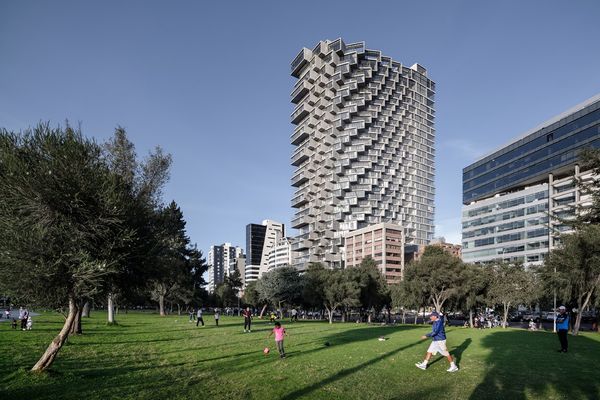
BIG completes first building in South America

Design objects are fun! | Regional Gift Guide—design edition










